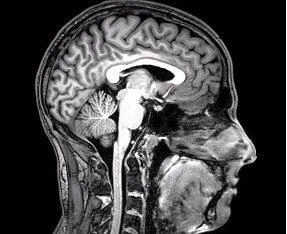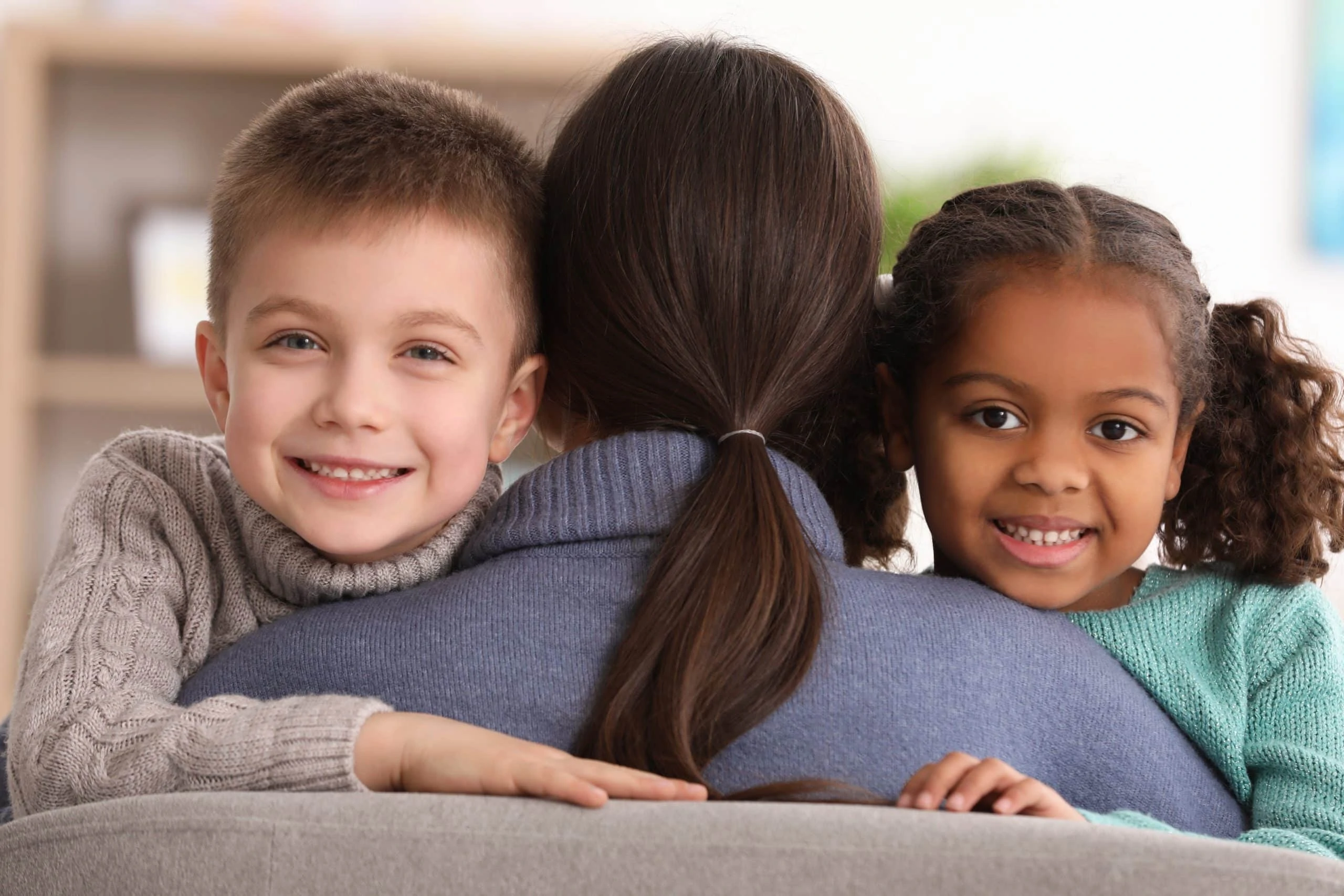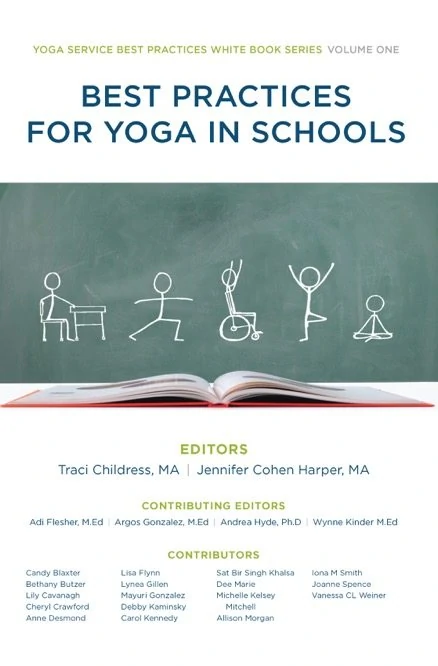Lynea had just finished helping a student lead her second grade peers through our Hoberman Sphere breathing process, followed by the Compliment Game. “What are three reasons why we give compliments to each other?” she asked the class.
“It makes the other person feel good,” said one student.
“It makes US feel good,” said another.
“It helps develop friendships,” offered a third.
It seems so simple, doesn’t it – how just the simple act of looking for something positive in another and saying it out loud can change how we feel, how the other person feels, and even the climate of the classroom?
And it’s infectious.
Gratitude Works
Building relationships underlies everything we do with Yoga Calm. And for that, there’s nothing more powerful than gratitude practices – and nothing more emotionally rewarding and spiritually uplifting.

How do you feel now? Does the world look a little bit different? Do you feel closer to yourself and your feelings? Now envision a world in which everyone takes a few moments each day to express gratitude.
Is this too big of a stretch?
Not really. For when we practice gratitude the world does change – at least our perception of it, and that’s what matters most. As we connect with the gifts of our family and friends, the food we eat, the beauty of the natural world, and give thanks we become happier, our actions change, and others “catch it,” too.
Looking at the world’s problems from a perspective of what tools and abilities we have – vs. just focusing on the problems and their effect on us – creates possibilities and, most importantly, a positive, “can do” attitude.
Gratitude Changes Body & Mind
For years now, research has supported the notion that gratitude isn’t just good for the soul but the body, as well.
Gratitude is associated with higher levels of good cholesterol (HDL), lower levels of bad cholesterol (LDL), and lower systolic and diastolic blood pressure, both at rest and in the face of stress. It also has been linked with higher levels of heart rate variability, a marker of cardiac coherence, or a state of harmony in the nervous system and heart rate that is equated with less stress and mental clarity.
Gratitude also lowers levels of creatinine, an indicator of the kidney’s ability to filter waste from the bloodstream, and lowers levels of C-reactive protein, a marker of cardiac inflammation and heart disease.
More, neuroscience suggests that the practice has long-term effects on the brain.

Then there’s the pioneering research of Philip Watkins from Eastern Washington University, who has explored the relationship between gratitude, happiness, and well-being.
For example, we recently published a study where each participant completed an exercise every day for one week. In our treatment of interest — the gratitude 3-blessings intervention — students listed three blessings from the last 48 hours, and then they wrote about how each of these “good things” made them feel grateful.
We found that the happiness of those in the gratitude 3-blessings treatment increased significantly more than a placebo group and another group that recalled “3 good things” without gratitude. Thus, it wasn’t simply recalling good memories that made people happy; grateful processing of those memories was important to enhancing well-being.
Moreover, we actually found that the happiness of those in our gratitude group kept going up after treatment, while the happiness of those in the other groups was returning to pretreatment levels. Our results suggested that it was not that the gratitude exercise simply made people momentarily happy, but that it changed their thinking in some way that promoted their future well-being. [emphasis added]
3 Simple Ways to Kickstart a Gratitude Practice

Here are three simple things you can do to kickstart that kind of a gratitude practice for yourself or the youth you work with. It only takes a few minutes each day to…
- Start a Gratitude Journal. Lori Roberts’ A Life of Gratitude has wonderful daily writing prompts and practices. For teens and those of us who are self-critical (that’s probably all of us!), one we especially like is to write down 10 wonderful things and strengths about ourselves.
- Move outward with our Community Circle activity. This reflection and writing/drawing activity is for all ages and helps us to think of all the people who help us in our daily lives – bus drivers, mail carriers, teachers, and so on. Lynea’s book Good People Everywhere is a great complement to this process while also helping to counter deluge of negative media in our lives and our natural negativity bias.
- The Happiness Recipe activity from Yoga Calm for Children is another favorite of ours for cultivating gratitude. Here, students turn their attention inward with a breathing exercise, then reflect and complete sentences on the people and things that make them happy. Students then discuss how good it feels when a friend or family member knows what you like. A fun extension or homework assignment is to have them give the worksheet to someone else in their lives and then report back on what they learned.
Supporting Each Other with Gratitude Habits
Ultimately, it’s about creating support for turning the experience of gratitude into a trait – to turn gratitude into a habit. So throughout this month, we’ll be sending out various tips and tools to help increase your – and your students’ – GQ, or gratitude quotient.
So if you’re not already on our mailing list, now is the perfect time to subscribe. It’s free, and you’ll get our biweekly newsletter, along with advance notice of specials, new courses, new products, and more. And rest assured, we won’t share your contact info with anyone else.
To subscribe, just scroll to the bottom of this page, complete the form, and submit it.
A word of warning, though: Increasing your GQ can have significant changes in your life. So get ready to have more joy, connection, and daily delight!
fMRI image by DrO ONeil, via Wikimedia Commons






Trackbacks/Pingbacks